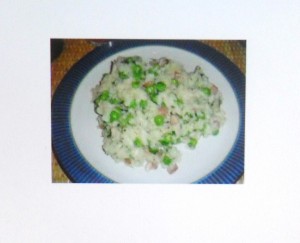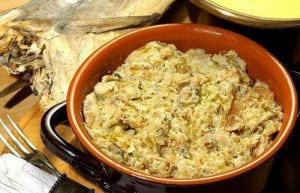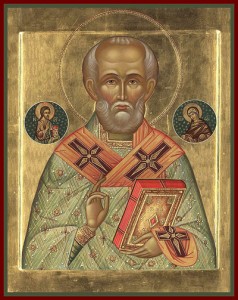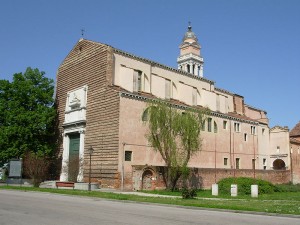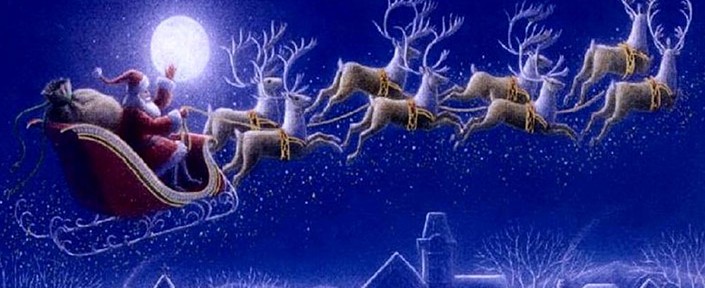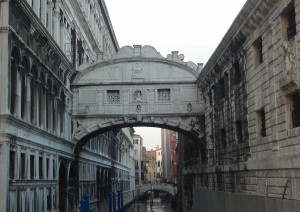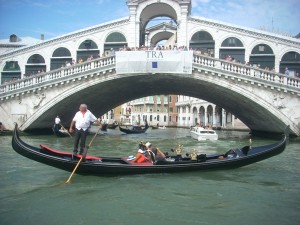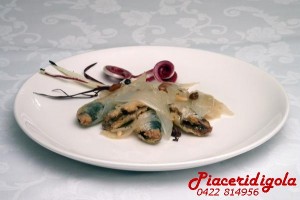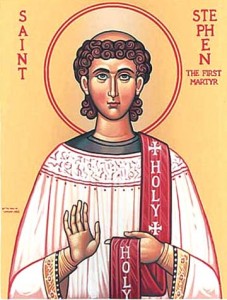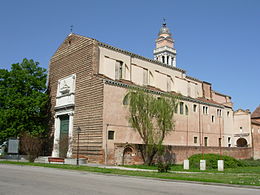Venice -restaurants  The Veneto region has much to offer its visitors regarding the cuisine .
The Veneto region has much to offer its visitors regarding the cuisine .
The Venetian cuisine , mainly based on rice and polenta , usually passes for a light and healthy cooking . Polenta is the most popular side dish for almost every type of dish .
Through the typical restaurants of fish and local venison is well known in Italy and abroad.
Typical dishes of the Veneto :
schie con agio, ogio and poentina ( schie -kind of fish you found only in the Venetian lagoon ,with parsley garlic and polenta ) ;
capesante ,peosi e perarasse ( small clams) ;
cape onghe ( “cannolicchi” razor clams,tasty mollusk whose properties of minerals protein and low calories intake is recommend)
moeche :The moeche are crabs stripped of armor , very soft and almost mushy. Is from their tender and softness that the Venetians have called the crabs without armor moeche (mole = soft).
canoce ( shrimp ) ; or mantis shrimp (cob) bisato in tecia ( stewed eel ) :in the ancient tradition was a suitable food for those who often worked in the cold and damp
folpeti : boiled folpetti are part of the traditional Venetian appetizer consisting of mantis shrimp , octopus , eggs of cuttlefish, shrimp,whole boiled and served warm with olive oil and lemon.
vovi de sepa (eggs and squid ); 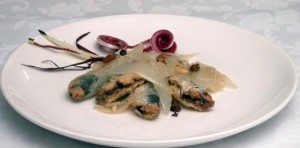
Sardee in saor :Sardines saor. A classic Venetian dish used to ennoble the taste of the fish with sweet and sour sauce in the typical regional cuisine.In addition to achieving the gastronomic quality,is obtained a preparation who last for ten days if kept in a cold place. Very fashionable is the saor with scampi.
sepe in tecia;
gambereti e gamberoni (shrimp and prawns ): The “schie” -shrimp found in the Venezian lagoon,take a pinkish gray color ( from gray color) when cooked. As many dishes once were “poor” , belonging to the fishermen , now are popular and expensive.
broeto de pesce (soup of fish) ;
sopa de cape (soup of razor clams);
fried ;Granso ( crab) ; gransevoa ( spider crab ) , lobster ,
bigoi de sepe ; bigoi coe cape :The bigoli , are thick spaghetti ( 2-3 mm in diameter and 20-25 long ) made with white flour , butter, milk and eggs. In the past, households did not use eggs and butter (low-income), while today are added to make the dough softer . The ” Bigoi blacks ” are obtained by using whole wheat flour or adding mixture of sepia . You can taste ” bigoi ” with any other traditional sauce.
risoti e tajadee ai funghi misti (rice and noodles with mushrooms ), risoto de cape ;risoto de sepe (rice and sepia),
risi e bisi – rice and peas : is one of the most popular Venetian food.This old dish (prepared with peas from the first harvest ; tender and sweet ) ,was traditionally offered to the Doge ( of the Serenissima Republic of Venice ), on 25 April ,the feast of the saint-patron of the city, San Marco.
lasagne e ravioi al forno coi asparasi (lasagna and baked asparagus with ravioli), papardeè alla lepre (noodles with hare) ,
bacaà con sugo ( bacalà with gravy) and creamed ( white) :Bacaà or bacalà is prepared with the , arctic cod fish ( Norwegian origin ) that is preserved by drying with cold air , the name “stoccafisso ” derives from the Norwegian stokkfisk , fish stick.
costate di puledro (chops foal), sfilaci di cavallo con poenta,(horse sfilaci with polenta ), conicio ( baked rabbit) , cinghiale in umido con poenta (wild boar stew with polenta) ; costesine d’agnello ai ferri ( grilled lamb) , stinco di maial arrosto al forno (pork shank roasted in the oven), german real rosto (wild duck), anara (duck), oca selvateca (wild goose) , faggian aea cacciatore (pheasant), bresaola with rocket and parmesan cheese , appetizers and side dishes of vegetables and herbs.
Among the desserts we can mention :le fritole , i baicoli , i xaeti , la pinsa ,i galani,la fugassa ( venetian buns)
I galani – a true symbol of the Venetian Carnival ! They are the sweets of the Venetian culinary tradition .
The ultimate culinary enjoyment is guaranteed from the wines from Veneto region. Bardolino, Valpolicella and Prosecco like not only to the Italians, but they are famous and willingly drank in the whole Europe.
other items: http://dipoco.altervista.org/articles/
Have you ever wondered how much can be for you a good monthly income? What will you do with this extra income? Are you interested to have more free time for yourself, and to be together with your family? Read more …….
http://ipaddy.altervista.org/additional-income-current-income/

